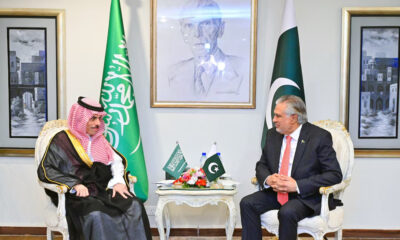Business
ADB’s governors approve ADB’s financial statements
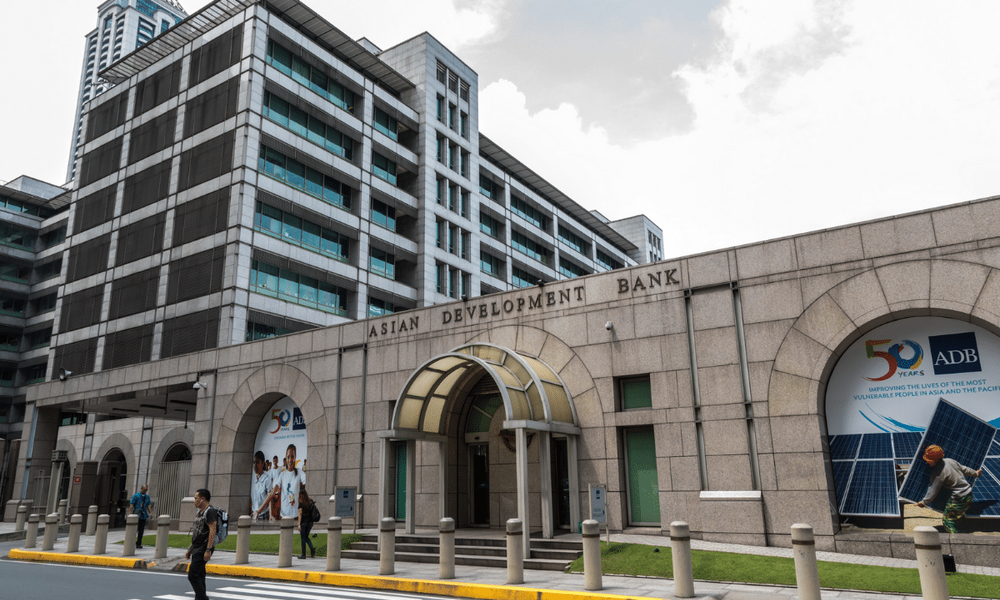
The Board of Governors of the Asian Development Bank approved ADB’s financial statements in its first-ever virtual Annual Meeting.
ADB on its official website wrote that its Board of Governors had approved ADB’s financial statements and the allocation of its 2019 net income in the Annual Meeting today.
The annual meeting took place through video conferencing (VTC) Friday amid the COVID19 pandemic.
In his remarks to the meeting, ADB President Masatsugu Asakawa said, “Our immediate priority is to provide vital support to developing member countries as they confront the COVID19 pandemic and return their economies to a path of sustainable growth,”
“Your approval today of the financial statements and allocation of net income ensure that we have the tools and financial stability to address the enormous challenges that now affect the lives and economies of millions of people across our region,” he added.
The Chair of the Board of Governors said, “Our choices and efforts today will determine whether we can overcome the current health care and economic crises.”
He added, “The ADB should turn this crisis into an opportunity while enhancing knowledge sharing on COVID-19 policy responses and expanding support for low-income countries and vulnerable groups.”
The Board of Governors adopted a resolution to allocate $1.069 billion of net income from ADB’s 2019 ordinary capital resources.
The allocable net income will be distributed as follows:
- $615.7 million to support ADB’s capital adequacy to generate net income,
- $259.5 million to the Asian Development Fund, which provides grants to ADB’s low-income member countries,
- $130 million to the Technical Assistance Special Fund, which includes support to respond to the COVID19 pandemic,
- $30 million to the Regional Cooperation and Integration Fund,
- $24 million to the Climate Change Fund, and
- $10 million to the Asia Pacific Disaster Response Fund.
ADB is actively supporting its members as they address the effects of COVID-19 through its $20 billion response package announced on 13 April.
Business
Export volume totals over $140 million in last month of 1402

The National Statistics and Information Authority (NSIA) confirmed Tuesday that in the last month of solar year 1402, (March 2024) Afghanistan’s exports totaled $141.1 million and imports totaled $789.6 million.
This was down from $174 million for exports in the same period in 1401. However, imports increased by $99.2 million in 1402, up from $690.4 million.
Most exports in the last month of 1402 went to Pakistan, India and the United Arab Emirates, while in the last month of 1401 exports went to Pakistan, India and China.
Business
Afghanistan-Kazakhstan chamber of commerce opens in Herat
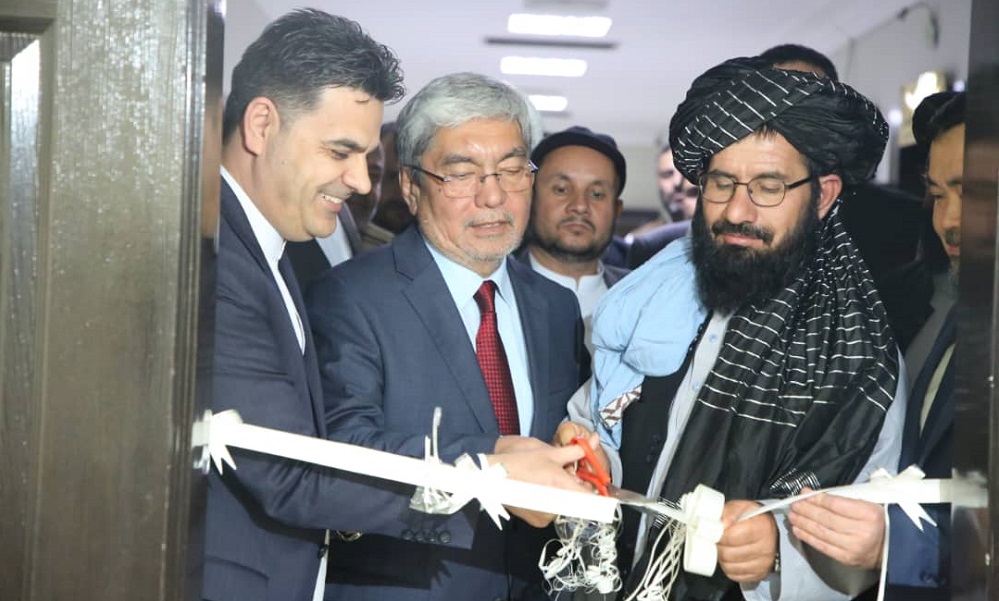
The Ministry of Interior said the governor of Herat province Islam Jar met with Alim Khan Yasin Gildaye, Ambassador of Kazakhstan to Afghanistan, to discuss various issues around trade.
According to the ministry, the two sides discussed the expansion of trade facilities, increasing the volume of trade exchanges between traders of the two countries, reducing customs tariffs, solving the challenges of traders and issuing visas to them.
The Afghanistan-Kazakhstan Chamber of Commerce has been opened in Herat in order to facilitate and increase trade between the two countries.
Business
Afghanistan reaches self-sufficiency in production of 133 items: MoIC
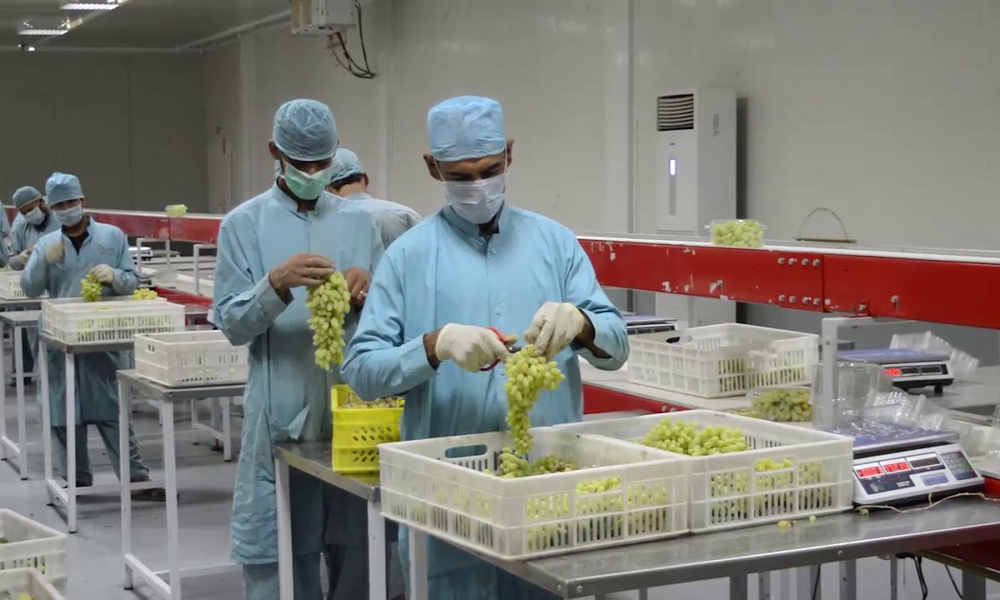
The Ministry of Industry and Commerce (MoIC) says Afghanistan has reached self-sufficiency in 45 sectors and the production of 133 items, and that the ministry is striving to change Afghanistan from an importing country to an exporting one.
The ministry officials said that for this purpose, supporting domestic products and attracting investment is essential.
The ministry’s spokesman Abdul Salam Jawad Akhundzada emphasized increasing the use of domestic goods and products in government and national projects and added that efforts have also begun to find a market for domestic products inside and outside the country.
“We have reached self-sufficiency in 133 items of production, which is 45 sectors, and also we reached the capacity of semi-self-sufficiency in 95 items of production, which is 27 sectors,” he said.
Meanwhile, the Chamber of Industries and Mines (ACIM) says over the past two and a half years, more attention has been paid to the development of domestic production and it is also expanding.
The chamber officials stressed expanding the culture of using domestic products in government projects.
“I think that the government is one of the biggest consumers in the market if it uses domestic products in all its development projects,” said Abdul Nasir Rashtia, a member of ACIM.
Economic experts also said that if the use of domestic products in government projects increases, Afghanistan will quickly move towards economic independence.
-

 Regional4 days ago
Regional4 days agoIndian foreign ministry advises against travel to Iran, Israel
-

 Latest News5 days ago
Latest News5 days agoLightning strikes in Helmand kill one, injure three
-

 Latest News4 days ago
Latest News4 days agoTop former US general claims Daesh-Khorasan is ‘on the upswing’
-
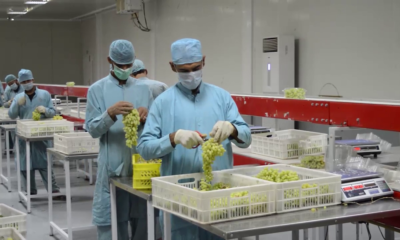
 Business4 days ago
Business4 days agoAfghanistan reaches self-sufficiency in production of 133 items: MoIC
-

 Sport3 days ago
Sport3 days agoACL draw to be broadcast live on ATN channels
-

 Health4 days ago
Health4 days agoMajority of Afghans with mental disorders are women: officials
-
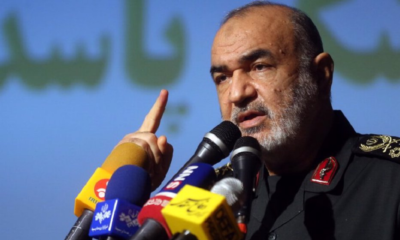
 Regional3 days ago
Regional3 days agoIRGC chief warns of harsher response if Israel attacks Iran
-

 Regional4 days ago
Regional4 days agoGunmen kill 9 men after abduction in southwest Pakistan












